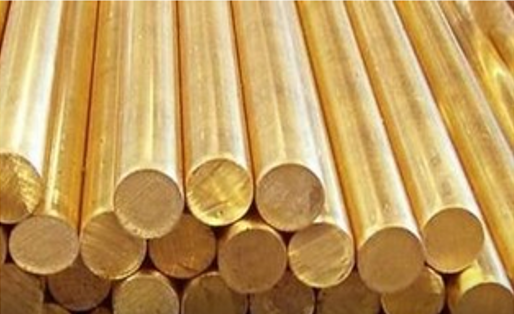Brass faucets have become a popular choice for both residential and commercial settings due to their durability, elegance, and resistance to corrosion.
Have you ever wondered how the brass raw material is transformed into the beautiful faucet that graces your kitchen or bathroom? In this article, we will delve into the fascinating process of turning brass into high-quality faucets.
Understanding Brass:
Before we explore the manufacturing process, let’s first understand what brass is. Brass is an alloy of copper and zinc, known for its excellent machinability and attractive golden appearance. Its unique properties make it an ideal material for faucet production.

Brass Raw Material:
the first step in producing a brass faucet is obtaining the raw material. Brass is derived from copper and zinc ores, which are mined from the earth’s crust. These ores undergo a complex extraction process to obtain pure copper and zinc, which will later be combined to create brass.
Alloying Process:
Once the pure copper and zinc are obtained, they are carefully weighed and mixed in precise proportions. This mixture is then heated to high temperatures in a furnace. Through this alloying process, copper and zinc atoms combine, creating a homogeneous and malleable brass alloy.
Casting:
After the brass alloy is obtained, it is time for casting. In this step, the liquid brass is poured into molds that have been designed to shape the different parts of the faucet. The molds are meticulously crafted to ensure accuracy and consistency in the final product.
Machining:
Once the casting process is complete, the rough faucet components are obtained. These components undergo machining, where they are shaped, drilled, and refined to achieve the desired specifications. This is a crucial step to ensure that each faucet meets the highest standards of quality.
Polishing and Finishing:
To enhance the aesthetic appeal of the faucet, the components go through a polishing and finishing process. This involves removing any imperfections, such as rough edges or visible casting marks. The surface of the faucet is carefully polished to achieve a smooth, shiny, and flawless appearance.
Assembly and Quality Control:
In the final stage, the various components of the faucet are assembled together. Skilled craftsmen meticulously put the pieces together, ensuring that each part fits perfectly. Quality control measures are implemented to guarantee that every faucet meets rigorous standards for functionality and durability.
 iVIGA ట్యాప్ ఫ్యాక్టరీ సరఫరాదారు
iVIGA ట్యాప్ ఫ్యాక్టరీ సరఫరాదారు
